The Role of Traffic Sign Materials in Improving Road Navigation
Key Properties of Effective Traffic Sign Materials
Retroreflectivity for Nighttime Visibility
Retroreflectivity is a critical property in traffic sign materials that significantly enhances nighttime visibility. It works by reflecting light back towards its source, usually the headlights of a vehicle, allowing the sign to remain visible in low-light conditions. The measurement of retroreflectivity is quantified in units called candela per meter squared per lux, which is a standard metric used to assess the reflectiveness of materials. Organizations like the Federal Highway Administration (FHWA) have set regulations requiring minimum retroreflectivity levels to ensure road safety standards are maintained. Advancements in material technology have led to improvements in retroreflectivity, with new materials offering better visibility in dark conditions. This has been instrumental in reducing accidents associated with poor nighttime visibility.
Weather Resistance in Extreme Conditions
Traffic signs must withstand various extreme weather conditions to remain functional and visible. These conditions include heavy rain, snow, and UV exposure from sunlight, all of which can degrade the sign's material and effectiveness. Enhanced weather resistance is achieved through the use of durable materials such as aluminum and engineered plastics. Coating technologies play a pivotal role in protecting signs from corrosion and fading, ensuring their longevity and functionality. Statistics have shown that inferior materials fail at higher rates in adverse conditions, substantiating the need for high-performance products. In particular, reflector tape is crucial in maintaining the visibility of traffic signs under these harsh conditions.
Color Retention for Long-Term Legibility
The ability of traffic sign materials to retain their color over time is vital for maintaining legibility, especially in high-traffic areas. Materials known for superior colorfastness include specialized pigments and coatings that prevent fading. The degradation of sign colors can significantly impact driver comprehension, as less vibrant signs are harder to interpret quickly. A study in traffic safety highlighted the importance of ensuring that sign colors are regularly monitored to comply with safety standards, as signs with poor color retention can lead to unsafe driving conditions. Continuous monitoring and maintenance of sign colors not only aid in visibility and legibility but also ensure the adherence to required safety standards.
Modern Innovations in Reflective Sheeting Technology
Micro-Prismatic vs. Glass Bead Solutions
The selection of reflective sheeting technology significantly impacts a traffic sign's effectiveness. Micro-prismatic solutions differ from glass bead technologies primarily in their structure and performance. Micro-prismatic sheeting offers distinct advantages, such as higher reflectivity levels and the ability to distribute light more uniformly over a broader range of angles. This makes micro-prismatic sheeting particularly valuable for areas with high-traffic density and varied lighting conditions. Recent studies have shown that, compared to glass beads, micro-prismatic materials perform better in diverse environmental conditions, offering superior nighttime visibility. For applications where the utmost visibility is required, such as highways and busy intersections, micro-prismatic sheeting is recommended. Conversely, glass bead technology is well-suited for less demanding environments where cost management is a priority.
Pressure-Sensitive Adhesive Advancements
Pressure-sensitive adhesives (PSAs) are critical in affixing traffic materials securely and reliably. These adhesives are formulated to deliver a strong bond upon light pressure application, eliminating the need for heat or solvent activation. Innovations in PSA technology have enhanced bonding strength and longevity, making them indispensable in the durability of traffic signs. For example, advancements have resulted in adhesives that maintain their adhesion even in extreme temperatures ranging from frigid cold to scorching heat. Data from various case studies underscore these innovations by highlighting instances where advanced adhesives have significantly reduced maintenance cycles and improved overall installation efficiency. The enhanced performance of PSAs ensures that traffic signs remain intact and functional in diverse environmental conditions.
Wide-Angle Visibility Enhancements
Wide-angle visibility is crucial for traffic signs, ensuring that they can be seen and understood quickly by drivers approaching from different directions and angles. Advancements in reflective technology, such as micro-prismatic films, have been instrumental in achieving this goal by incorporating reflective patterns that optimize light return toward the driver. Supported by visibility studies, these enhancements are quantified to significantly improve readability in busy traffic environments, reducing accident rates and improving road safety. This technology is not only beneficial for traffic signs but also finds applications in other areas such as personal safety apparel and vehicle markings, demonstrating its versatile benefits in ensuring visibility and safety across various environments.
Specialized Traffic Safety Products for Enhanced Navigation
Diamond Grade HIP Reflective Sheeting for Permanent Signs
Diamond Grade High-Intensity Prismatic (HIP) sheeting offers unmatched reflectivity and visibility for permanent traffic signs. This advanced reflective sheeting ensures that signage remains highly visible in all weather conditions and various lighting environments, enhancing safety on the roads. The product's superior performance meets stringent regulatory standards, making it a reliable choice for long-term installations. Industry experts assert that Diamond Grade products significantly improve visibility in high-traffic areas, thereby reducing accidents and promoting efficient traffic flow. Investing in quality materials like Diamond Grade HIP sheeting not only ensures compliance but also contributes to public safety over time.
Commercial-Grade Reflective Vinyl for Urban Roads
Commercial-grade reflective vinyl plays a vital role in urban traffic environments by enhancing visibility and durability of road signage. These vinyl products are engineered to withstand the rigors of city roads, offering consistent performance despite frequent exposure to harsh environmental conditions. Standards governing urban road safety guide the application of these vinyl sheets, ensuring they meet visibility and durability benchmarks necessary for effective navigation. Successful applications in cities worldwide illustrate the capabilities of commercial-grade reflective vinyl in reducing accidents and facilitating smooth traffic flow, making them indispensable in modern urban settings.
Honeycomb Reflective Flags for Vehicle Safety
Honeycomb reflective flags are crafted to enhance visibility and warning capabilities in various traffic scenarios. Their unique construction allows for maximal reflectivity, making them ideal for usage in construction zones and roadside warning applications. Reports indicate substantial reductions in accidents due to their effective signaling, underscoring their importance in traffic safety measures. These flags are not only highly visible but also portable and easy to install, offering a practical solution for dynamic environments requiring temporary traffic management.
Checkered Reflective Tape for Truck Markings
Checkered reflective tape is essential for enhancing the nighttime visibility of commercial vehicles. Its patterned design stands out in the dark, making trucks more noticeable and reducing the likelihood of accidents. Compared to traditional reflective tapes, the checkered design offers better visibility due to its distinct appearance, which is more effective under varying lighting conditions. Findings from safety assessments confirm the tape's efficiency, meeting regulatory standards for vehicle signaling. This product is vital for ensuring compliance with safety regulations and enhancing roadway safety through improved vehicular visibility.
Plotter-Cut Reflective Sheeting for Temporary Signs
Plotter-cut reflective sheeting is ideal for temporary signage due to its customizable nature and ease of application. These sheets provide a cost-effective solution for industries where temporary signs are essential, such as construction sites and events. Customized reflective sheeting ensures visibility and effectiveness, helping maintain safety standards. Evidence suggests that such signage performs well in maintaining visibility during events, ensuring clear communication and aiding traffic management efficiently.
Maintenance Considerations for Traffic Sign Longevity
Warranty Periods vs. Actual Service Life
Understanding the disparity between manufacturer warranty periods and the actual service life of traffic signs is essential for effective maintenance planning. Typically, warranty periods offer a baseline expectation, yet studies show that traffic signs often surpass these durations. A study by the Institute for Transportation evaluated retroreflectivity data from signs in Iowa, revealing expected service lives extending five years beyond warranty. Factors such as environmental conditions and installation greatly influence longevity. By analyzing actual performance data, municipalities can better align their budgeting and replacement strategies, prioritizing long-term efficiency over premature replacements.
Retroreflectivity Monitoring Strategies
Maintaining optimal retroreflectivity is crucial for traffic sign safety. Regular monitoring helps to ensure visibility and prevent accidents related to poor sign reflectivity. Effective strategies include scheduled inspections and leveraging advanced technology like retroreflectometers. Statistics indicate a direct correlation between diminished retroreflectivity and increased roadway accidents. To mitigate such risks, municipalities should implement systematic monitoring practices. Continuous retroreflectivity assessments help local governments improve road safety and make informed decisions on sign replacements.
Cost-Effective Replacement Cycles
Establishing a cost-effective replacement cycle is key to sustaining traffic sign functionality while managing municipal budgets. By finding a balance between timely replacements and extending the service life through adequate maintenance, municipalities can avoid unnecessary expenditures. Premature sign replacements lead to inflated costs, while strategically extending service life maximizes return on investment. Case studies highlight successful replacement cycle strategies tailored to specific regions, considering factors like traffic volumes. Municipalities should use these examples to develop personalized guidelines, optimizing replacement cycles to maintain safety and visibility efficiently.

 EN
EN






































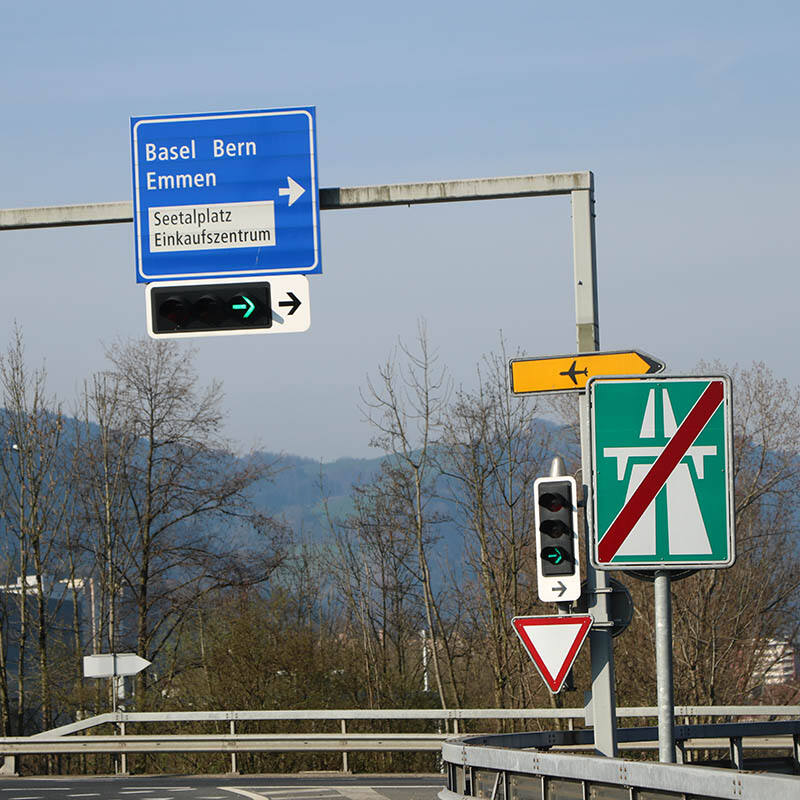
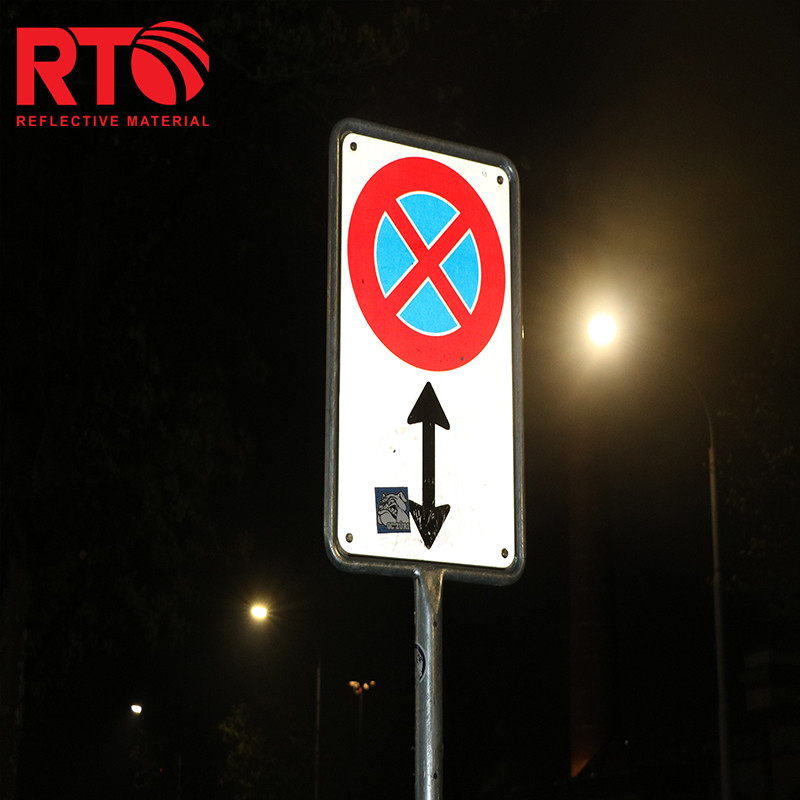
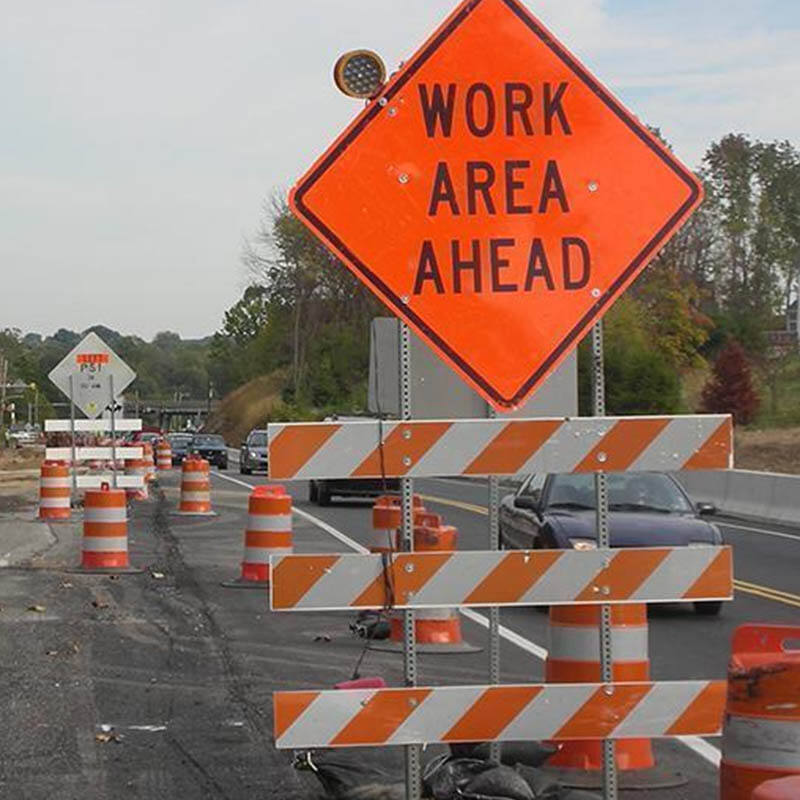
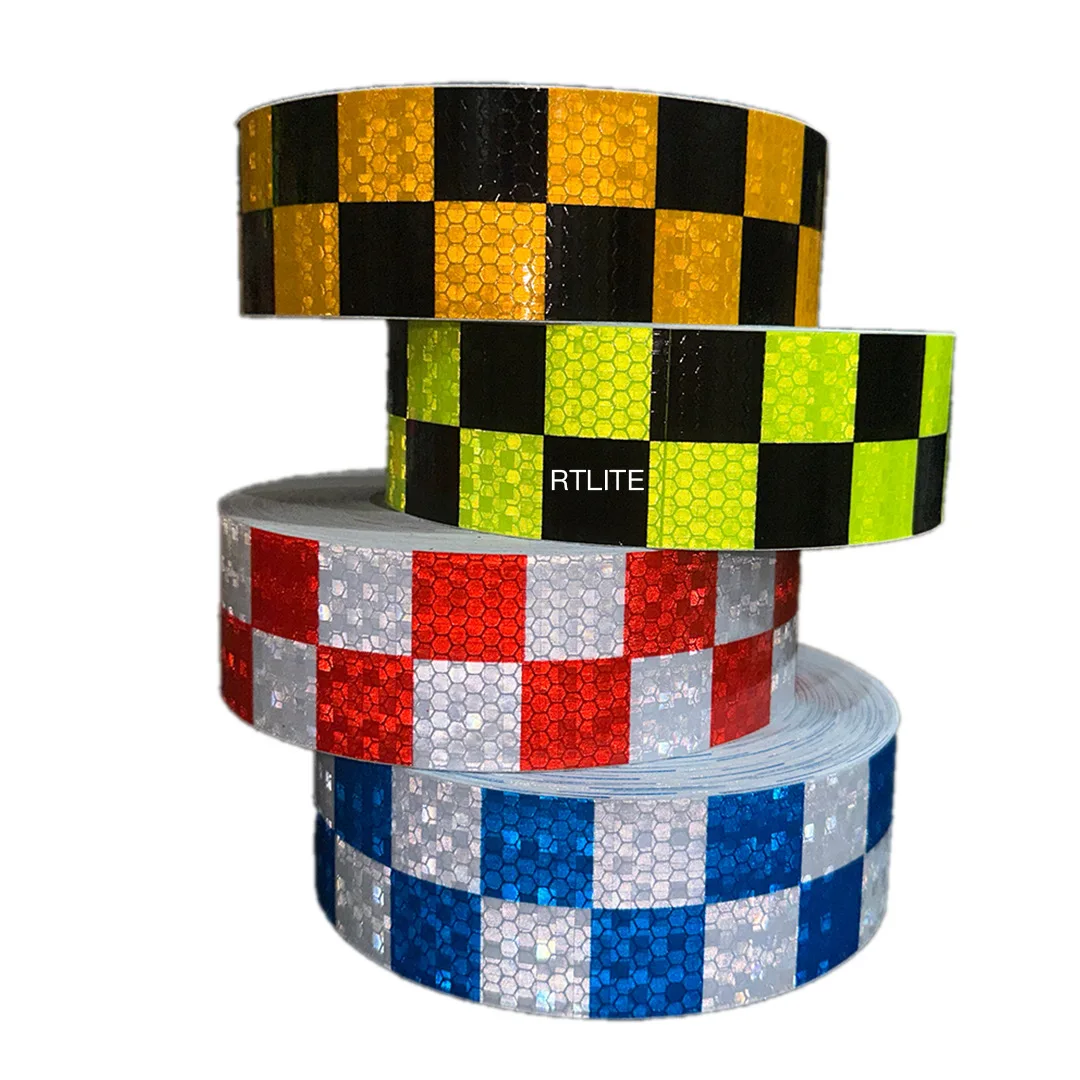
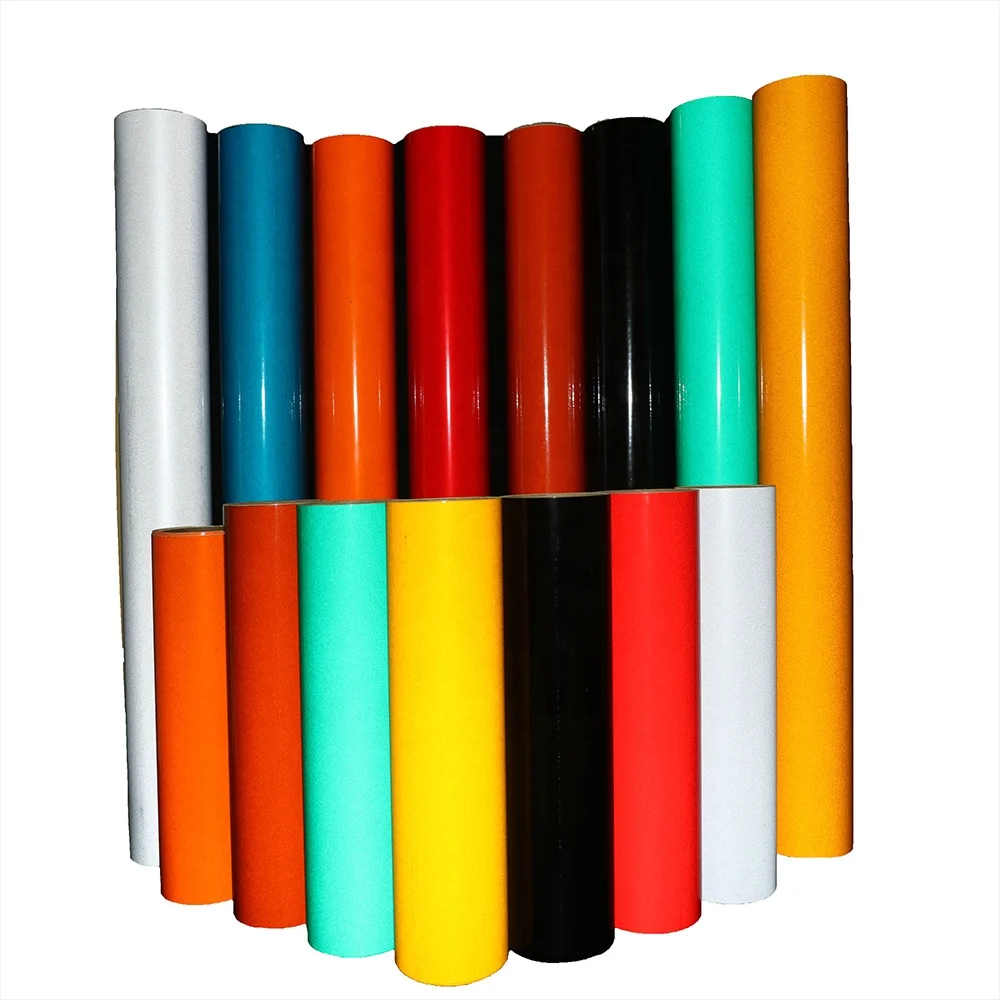
 ONLINE
ONLINE